
There are a lot of people who are not aware of the fact that sepsis can kill a person if it is left untreated. This condition is potentially dangerous because of the reason it can damage the tissue far away from the place of the original infection. In cases when sepsis is not treated, it will gradually cause damage to the organs and eventually causes such damage that the organs will not be able to function properly. When that happens, a person is most likely to suffer from a septic shock. Septic shock is fatal.
This condition can happen to anyone but certain people are more prone to this condition. Such people are the very young and very old, people with weaker immune systems, severely ill people in hospitals and people who use certain invasive devices, like breathing tubes. It is essential that sepsis is discovered in its early stages, because that improves the chances of survival.
Symptoms
Most experts would describe this condition as a three-stage syndrome. The first stage is sepsis, the second severe sepsis and finally septic shock.
Symptoms of sepsis are a high fever, above 101.3 F, or a low one, below 95 F, a high heart rate, a fast respiratory rate where a person will take more than 20 breaths per minute and a diagnosed infection. A person needs to experience at least two of these symptoms in order to be diagnosed with sepsis.
In cases of severe sepsis, a person may notice certain symptoms like areas of mottled skin, lesser urine output, a drastic change in mental status, problems with breathing and abnormal heart function.
A person is considered to be suffering from a septic shock when he or she experiences symptoms of severe sepsis and a really low blood pressure. A person who discovers symptoms of sepsis after a surgery or an infection should go to the hospital immediately.
Causes
Inflammations which spread farther than the site of infection are the main cause of sepsis in most cases.
Treatments and drugs
First of all, people should know that the chances of survival are far better if the treatment starts as soon as possible and in the early stages of sepsis. A person diagnosed with sepsis will remain in the intensive care unit for close monitoring.
The treatment plan includes a lot of medications like antibiotics and vasopressors, among others. Therapy is also an option and so is surgery in some cases.
- www.cdc.gov/sepsis/index.html
- www.who.int/servicedeliverysafety/areas/sepsis/en/
- Photo courtesy of Hadroncastle by Wikimedia Commons: commons.wikimedia.org/wiki/File:Sepsis_Steps.png



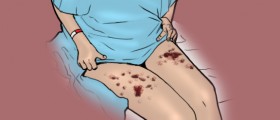



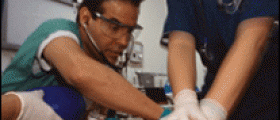



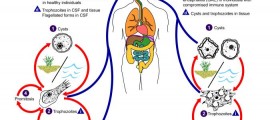
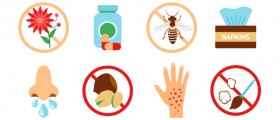
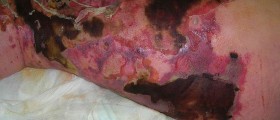



Your thoughts on this
Loading...